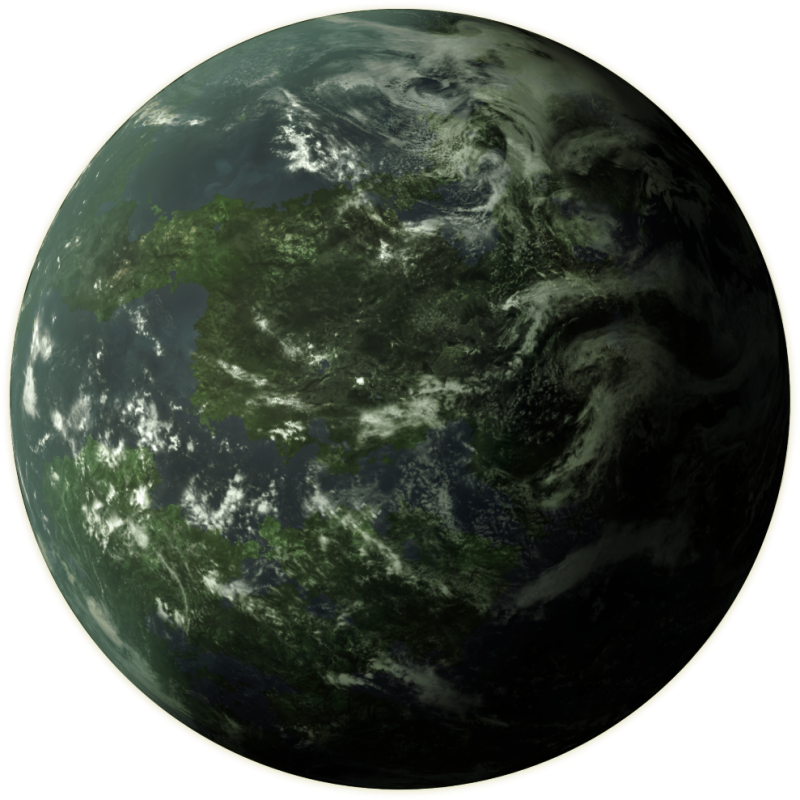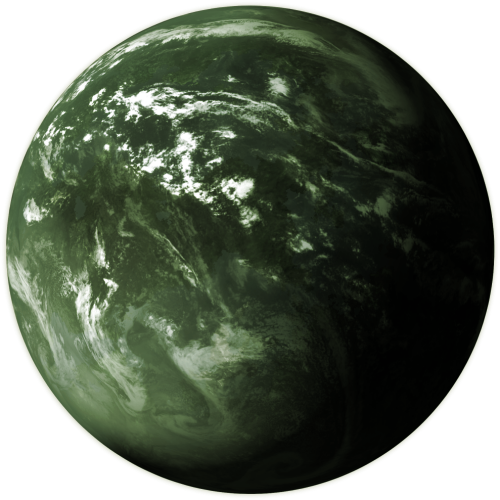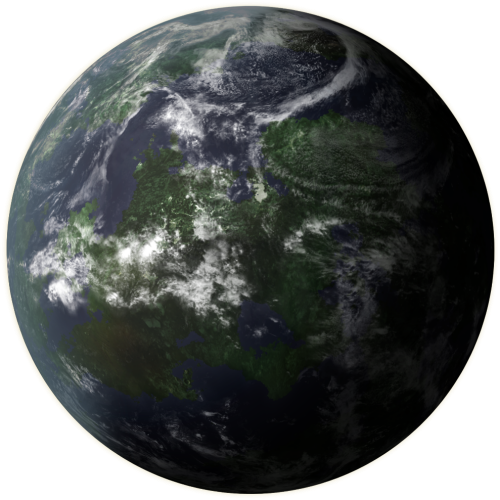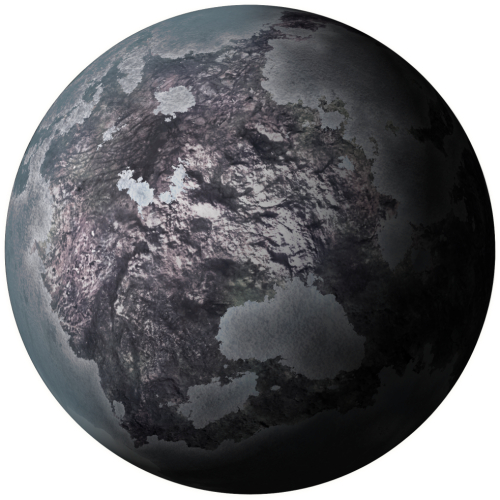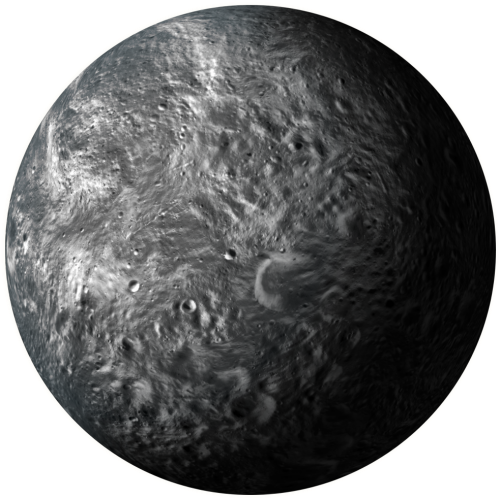A rogue planet usually forms within a star system,
but at some point during its evolution, the planet is
ejected from a stable orbit an expelled into
interstellar space. Typically this is caused by a
catastrophic asteroid impact or interaction with a
wandering Class U: Ultra Giant.
Many rogue planets simply turn into frozen
wastelands and die, but geologically active planets
can maintain a habitable surface via volcanic
outgassing and geothermal venting, especially
those with satellites, as tidal interactions serve to
maintain geothermal activity.
While many rogue planets are terrestrial worlds,
gas giants are just as likely to be expelled from a
star system, and while they are technically Class R,
these wandering giants function like any other
gaseous world.
but at some point during its evolution, the planet is
ejected from a stable orbit an expelled into
interstellar space. Typically this is caused by a
catastrophic asteroid impact or interaction with a
wandering Class U: Ultra Giant.
Many rogue planets simply turn into frozen
wastelands and die, but geologically active planets
can maintain a habitable surface via volcanic
outgassing and geothermal venting, especially
those with satellites, as tidal interactions serve to
maintain geothermal activity.
While many rogue planets are terrestrial worlds,
gas giants are just as likely to be expelled from a
star system, and while they are technically Class R,
these wandering giants function like any other
gaseous world.
| AGE DIAMETER LOCATION ATMOSPHERE SURFACE COMPOSITION SURFACE TEMP HABITABILITY |
2-10 billion years old
4,000 - 500,000 kilometers
interstellar space
volcanic outgassing, if any (terrestrial)
dense hydrogen, helium (gaseous)
can be terrestrial or gaseous
silicate compounds, iron (terrestrial)
hydrogen, helium (gaseous)
-100°C to 20°C (terrestrial)
-220°C (gaseous)
may support non-photosynthetic
plants and some animals
4,000 - 500,000 kilometers
interstellar space
volcanic outgassing, if any (terrestrial)
dense hydrogen, helium (gaseous)
can be terrestrial or gaseous
silicate compounds, iron (terrestrial)
hydrogen, helium (gaseous)
-100°C to 20°C (terrestrial)
-220°C (gaseous)
may support non-photosynthetic
plants and some animals

